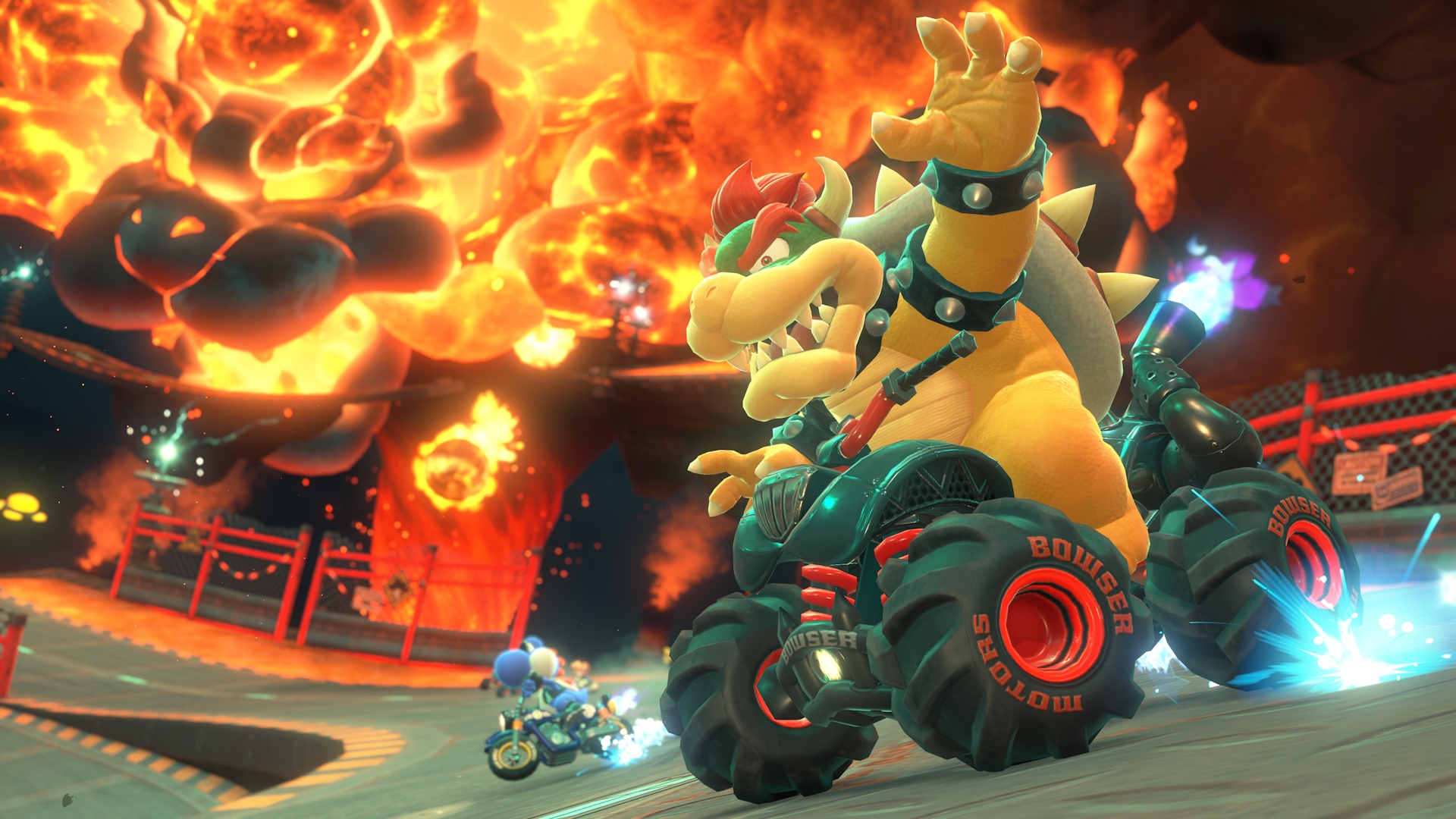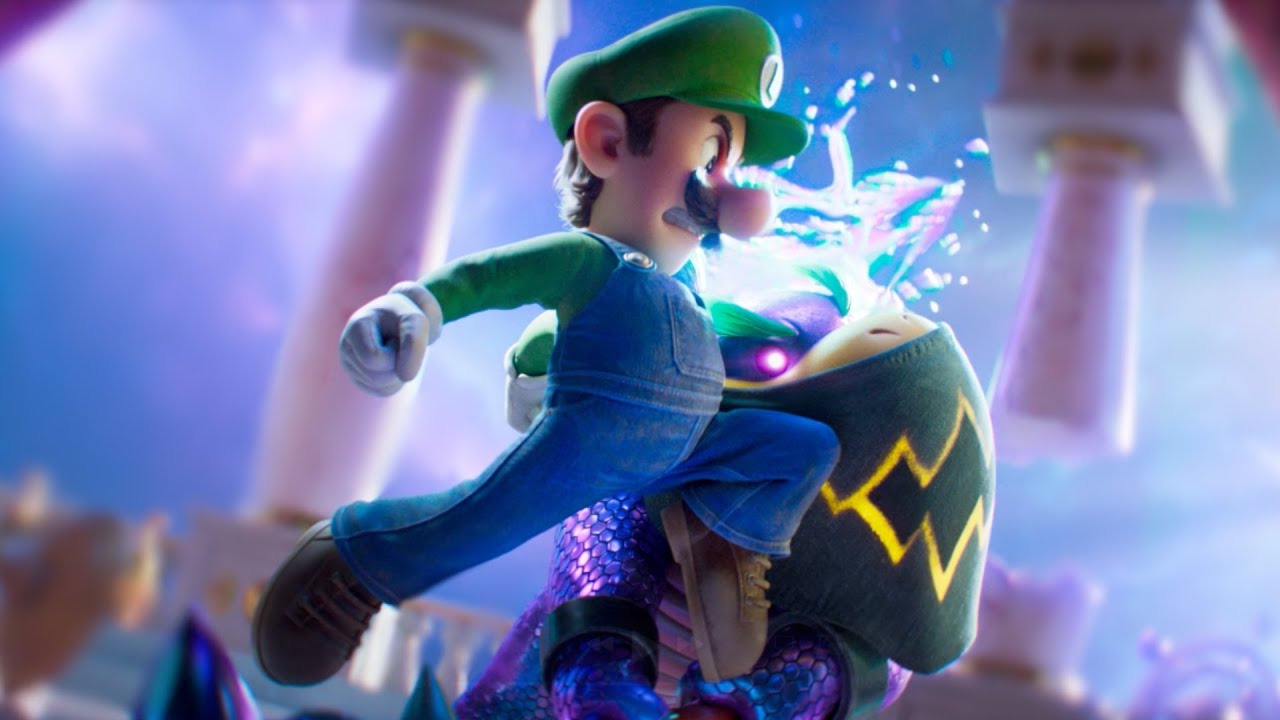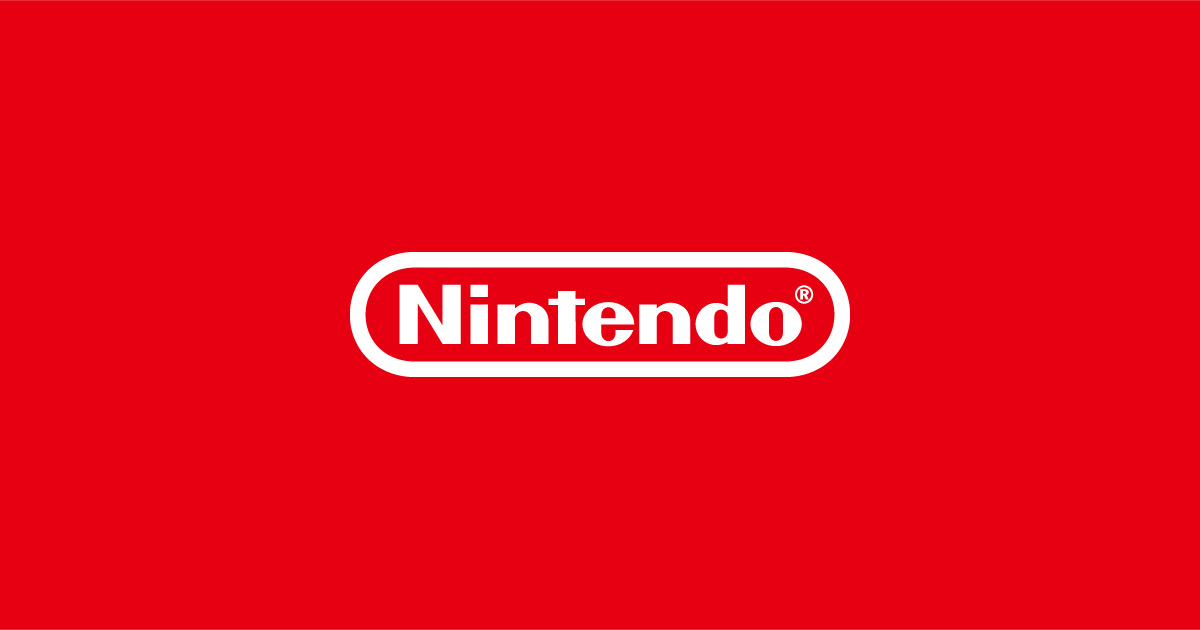Nintendo’s Mario Kart series has long held its position as a flagship franchise on platforms like the Nintendo Switch, captivating millions of players worldwide with its signature blend of racing action, inventive courses, and beloved character lineup.
Across its history, Mario Kart has not only introduced new mechanics but has also found playful ways to reimagine the game’s world and cast.
A recent shift in development brought an unexpected twist: turning non-playable characters (NPCs), typically seen as background obstacles, into playable racers—a creative leap that required both design ingenuity and technical prowess.
Speaking about the development process, Nintendo veteran Kosuke Yabuki explained that, in earlier titles, characters like the iconic Cow were simply part of the backdrop or served as hazards within course designs.
However, during the planning stage of a new course set on a ranch for the latest Mario Kart installment, the development team stumbled upon a humorous sketch: Cow, not resting on a truck as initially assumed, but actually driving it.
“It gave us a spark,” recalls Yabuki.
The idea that Cow, long relegated to the scenery, could actively participate as a racer led to an important creative breakthrough for the team.
Character designer Masato Ishikawa notes that after adding a large roster in the previous entry, the team wondered which direction to take for new characters.
The whimsical concept of Cow behind the wheel sparked realization that the world of Mario Kart had plenty of untapped potential in course-based NPCs.
A racing version of Cow was quickly prototyped, and, surprisingly, she fit right in with the existing racers.
This inspired the team to adapt other familiar obstacles as drivers, including Cheep Cheep and Pokey, weaving them more deeply into gameplay and underscoring the interconnectedness of the Mario Kart universe. Lead designer Koji Sato shared that these were internally dubbed “NPC drivers.” The dynamic led to some amusing contradictions—NPCs, but now playable.
Yabuki described the humor in seeing Cow deftly gripping motorcycle handlebars with her hooves, while Ishikawa pointed out that despite these quirks, subtle animation cues, like Cow leaping in her natural quadrupedal style, preserved her animal lineage. Shinya Jikumaru explained that integrating NPC drivers also inspired fresh gameplay features, such as Kamek’s magical spell, which temporarily turns other racers into NPCs like Cow mid-race.
This innovative item, unique to the franchise, was born from experimenting with the expanded character set. Yet, these additions posed challenges beyond character art.
Asahi, the voice lead, elaborated on the effort put into expressing emotion and individuality for these newly playable “NPC drivers.” The team invested significant time to ensure their voices and engine sounds felt authentic and distinct—not secondary to classic icons like Mario.
Experimentation with sound design went so far as to sample croaking frogs and beating drums, yielding a richer and more varied audio experience. Finally, with the most diverse vehicle roster to date—including not just race karts but also daily drivers—the design team faced the added complexity of animating how vehicles and tires transformed for maneuvers like drifting and jumping.
This broadened approach, coupled with NPCs turned racers, elevated Mario Kart’s sense of fun and discovery, showcasing Nintendo’s continued innovation in one of its most celebrated series. Mario Kart remains a standout on the Nintendo Switch, with ongoing support through updates and expansions, and this evolution in character design further cements its enduring appeal for franchise fans and newcomers alike.
Across its history, Mario Kart has not only introduced new mechanics but has also found playful ways to reimagine the game’s world and cast.
A recent shift in development brought an unexpected twist: turning non-playable characters (NPCs), typically seen as background obstacles, into playable racers—a creative leap that required both design ingenuity and technical prowess.
Speaking about the development process, Nintendo veteran Kosuke Yabuki explained that, in earlier titles, characters like the iconic Cow were simply part of the backdrop or served as hazards within course designs.
However, during the planning stage of a new course set on a ranch for the latest Mario Kart installment, the development team stumbled upon a humorous sketch: Cow, not resting on a truck as initially assumed, but actually driving it.
“It gave us a spark,” recalls Yabuki.
The idea that Cow, long relegated to the scenery, could actively participate as a racer led to an important creative breakthrough for the team.
Character designer Masato Ishikawa notes that after adding a large roster in the previous entry, the team wondered which direction to take for new characters.
The whimsical concept of Cow behind the wheel sparked realization that the world of Mario Kart had plenty of untapped potential in course-based NPCs.
A racing version of Cow was quickly prototyped, and, surprisingly, she fit right in with the existing racers.
This inspired the team to adapt other familiar obstacles as drivers, including Cheep Cheep and Pokey, weaving them more deeply into gameplay and underscoring the interconnectedness of the Mario Kart universe. Lead designer Koji Sato shared that these were internally dubbed “NPC drivers.” The dynamic led to some amusing contradictions—NPCs, but now playable.
Yabuki described the humor in seeing Cow deftly gripping motorcycle handlebars with her hooves, while Ishikawa pointed out that despite these quirks, subtle animation cues, like Cow leaping in her natural quadrupedal style, preserved her animal lineage. Shinya Jikumaru explained that integrating NPC drivers also inspired fresh gameplay features, such as Kamek’s magical spell, which temporarily turns other racers into NPCs like Cow mid-race.
This innovative item, unique to the franchise, was born from experimenting with the expanded character set. Yet, these additions posed challenges beyond character art.
Asahi, the voice lead, elaborated on the effort put into expressing emotion and individuality for these newly playable “NPC drivers.” The team invested significant time to ensure their voices and engine sounds felt authentic and distinct—not secondary to classic icons like Mario.
Experimentation with sound design went so far as to sample croaking frogs and beating drums, yielding a richer and more varied audio experience. Finally, with the most diverse vehicle roster to date—including not just race karts but also daily drivers—the design team faced the added complexity of animating how vehicles and tires transformed for maneuvers like drifting and jumping.
This broadened approach, coupled with NPCs turned racers, elevated Mario Kart’s sense of fun and discovery, showcasing Nintendo’s continued innovation in one of its most celebrated series. Mario Kart remains a standout on the Nintendo Switch, with ongoing support through updates and expansions, and this evolution in character design further cements its enduring appeal for franchise fans and newcomers alike.






